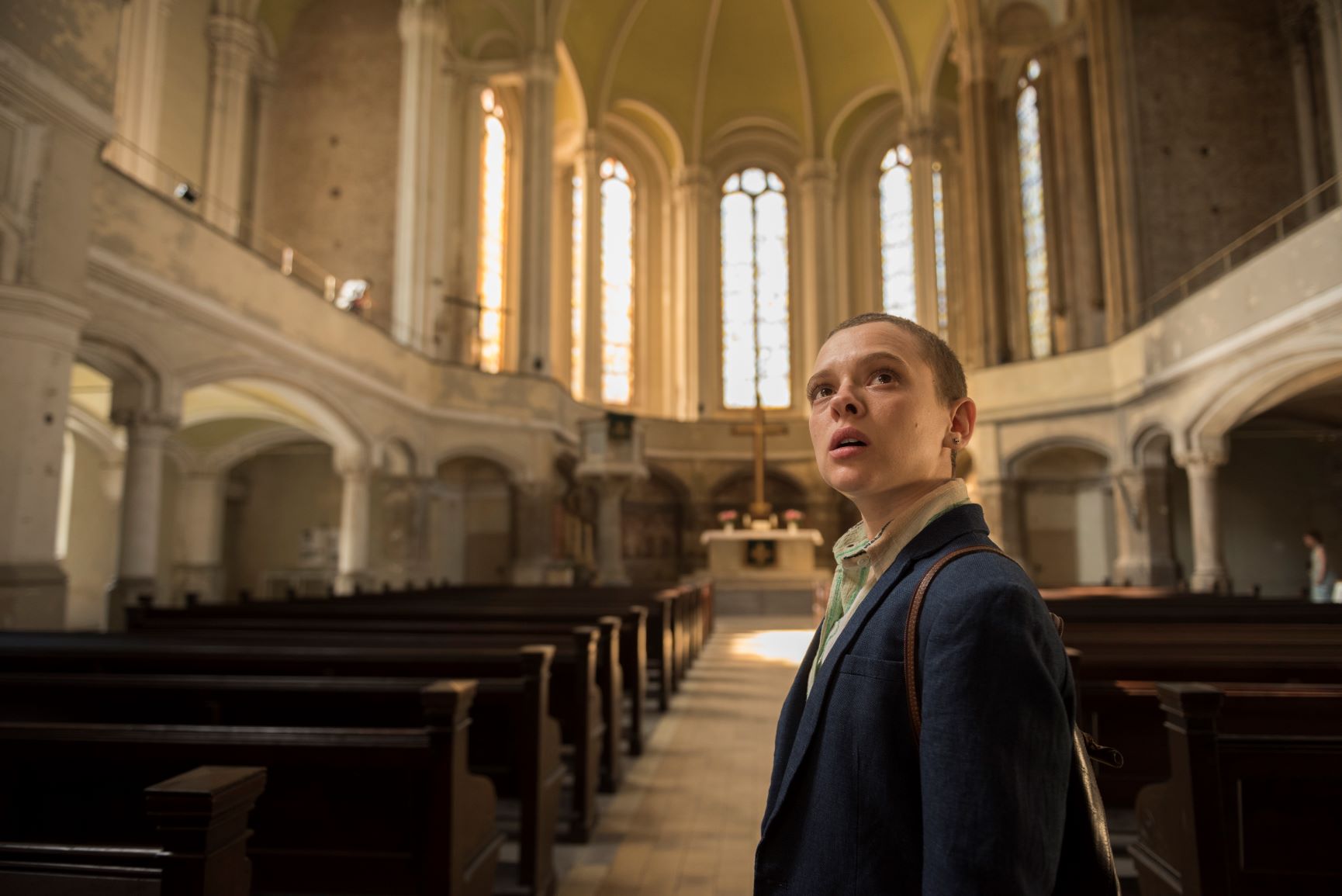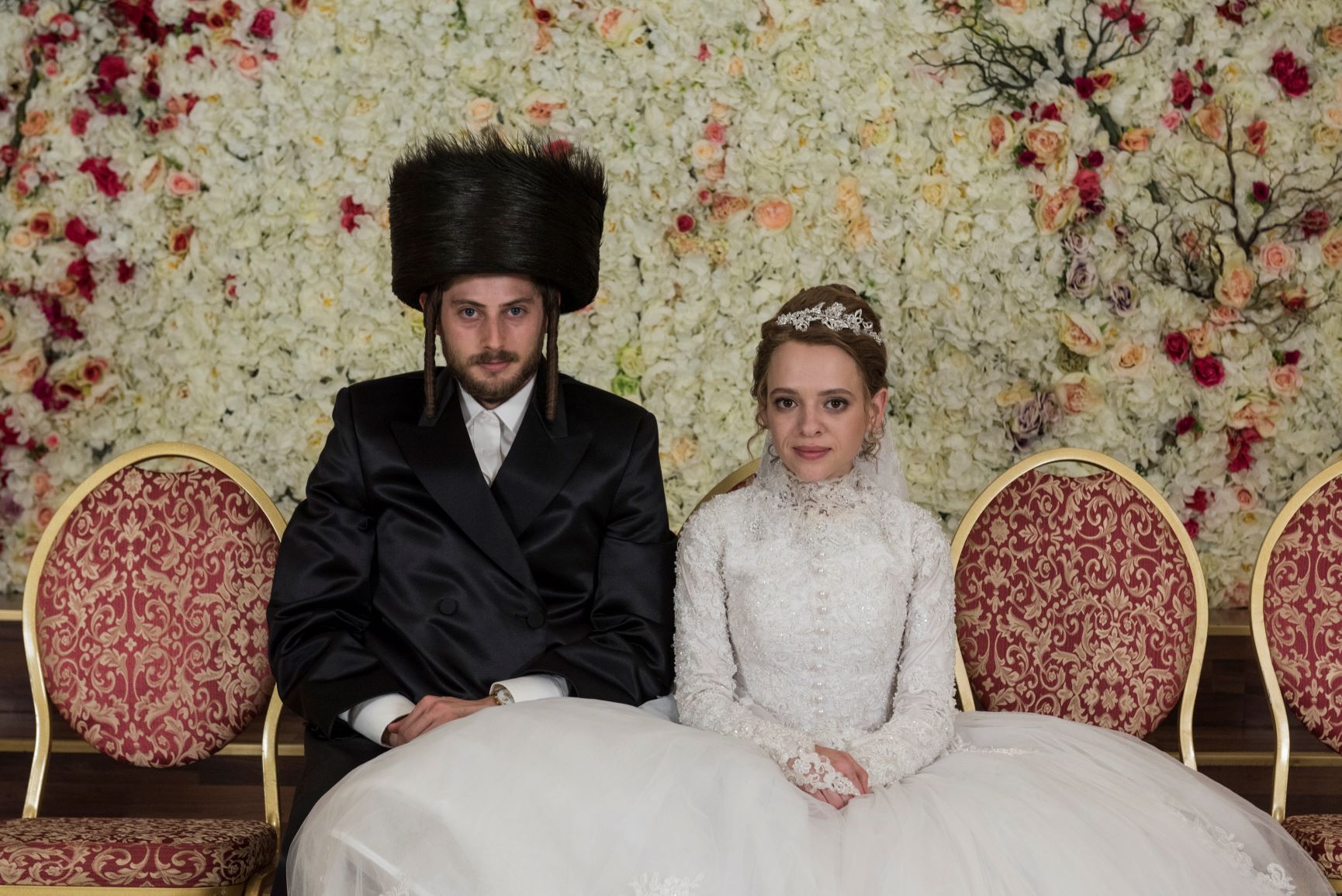‘Unorthodox’: Why Does Esty Shave Her Head in the Netflix Series?
The limited series Unorthodox premiered on Netflix this past March. Loosely based on a memoir titled Unorthodox: The Scandalous Rejection of My Hasidic Roots, it’s an intense, but powerful story about a young woman finding her voice in an arguably oppressive culture.
Many of the traditional aspects of Hasidic Jewish culture are shown but not necessarily explained. This is a feature of good storytelling, of course: “show, don’t tell.” However, for viewers not as familiar with the culture, they might have some questions about the community depicted in Unorthodox. For example, why does Esty have to shave her head after she marries Yanky? And why do married women wear wigs and/or scarves?
[Spoiler alert: Spoilers for Unorthodox ahead.]
Why does Esty Shapiro have to shave her head after she gets married in ‘Unorthodox’?

In Unorthodox, one of the most emotionally harrowing scenes was when young Esty has her head shaved as other girls look on. Esty sobs as the locks fall to the floor. Unorthodox doesn’t ever explicitly state why it’s happening. But as a viewer, you’ll notice all married women are wearing wigs, scarves, or both. So what is the history behind that?
Refinery29 published an article in 2019 about the traditional underpinnings behind the wig in the Orthodox Jewish community. “As with many aspects of Judaism, there is debate over what a sheitel really represents — and who it is really for,” the publication said.
Rabbi Avram Mlotek told Refinery29 some religious interpretations determine “woman’s hair to be nakedness and part of the alluring nature of the effeminate.” For example, in the “Jewish religious law text the Talmud,” women’s hair is described as “ervah,” translating to: “nakedness and impropriety.”
“The tradition of married Orthodox Jewish women covering their hair has been around for thousands of years, with women first using a cloth or a veil,” according to Refinery29. “It wasn’t until the 16th century that Jewish women in Italy popularized the idea of wearing a wig as a covering, which actually ended up causing a huge debate among rabbis, who both condemned and condoned the practice of wearing them on modesty grounds.”
Other websites about Jewish tradition and culture state this idea behind the shaved-head tradition: Once a woman is married, like Esty in Unorthodox, the only person who should see her hair is her husband.
Young Jewish women are getting more creative with the tradition — unlike what the Netflix series depicted

Young women are paving their own way when it comes to the tradition. According to Refinery29, married women wearing wigs used to be seen “as more of a rule or a community standard than a choice.” However, for many millennial women, they are expanding on the idea of what it looks like — or even deciding not to wear one at all. (Obviously, the main character in Unorthodox didn’t exactly have the freedom to decide such a thing).
“These young women are exploring their options when it comes to covering their hair, effectively creating their own unique relationships with these wigs and how they decide to wear them,” Refinery29 says.
However, for many women, it’s been a look passed down from generations. It’s heavily steeped in respect for one’s family. “My mother covered her hair, and her mother covered her hair, and her mother covered her hair,” one Orthodox Jewish woman explained to Refinery29. “Who am I to take something that was so special to my great-grandmother, my grandmother, and my mother, and break that beautiful tradition when it was something that was given to me?


